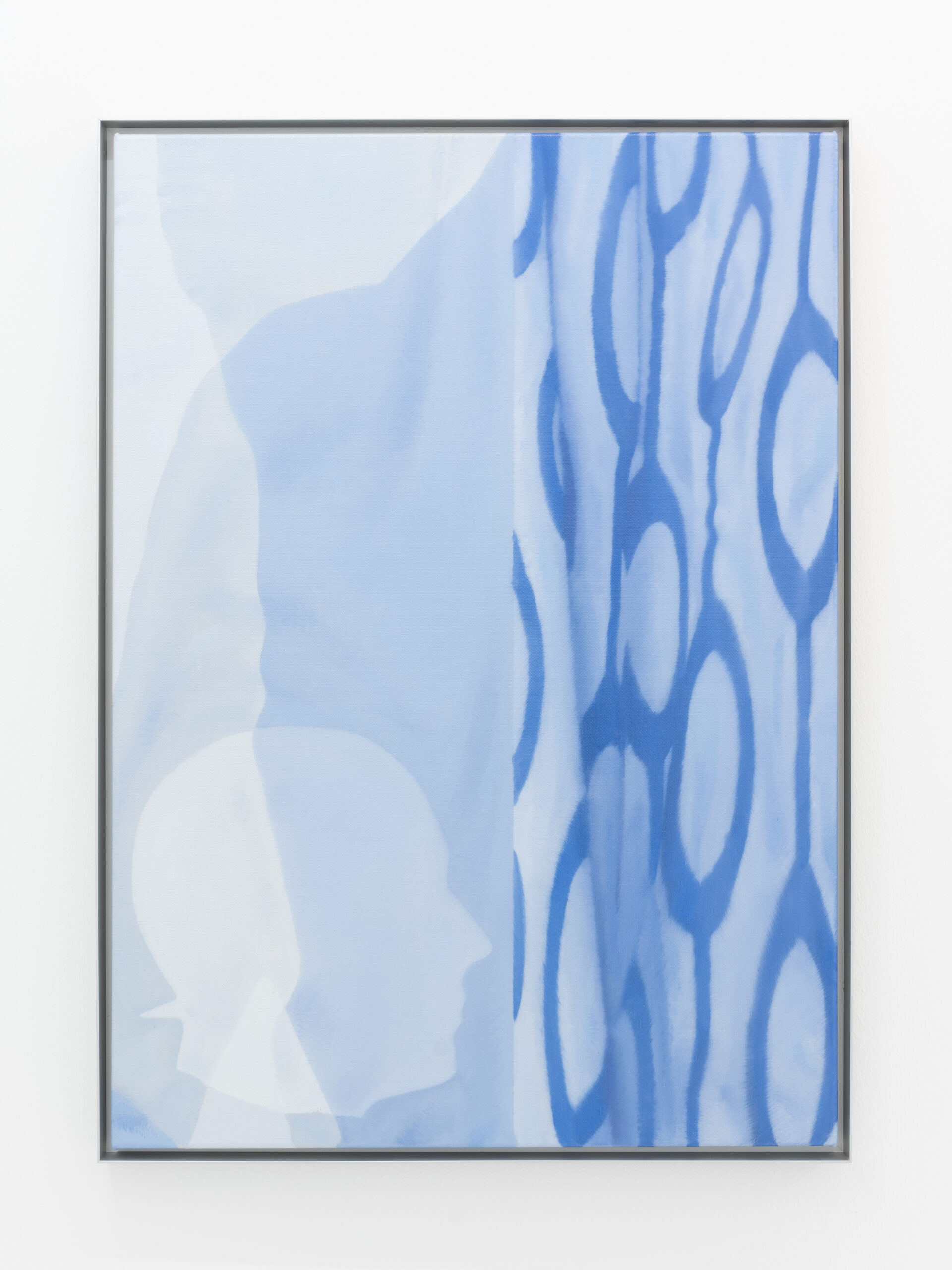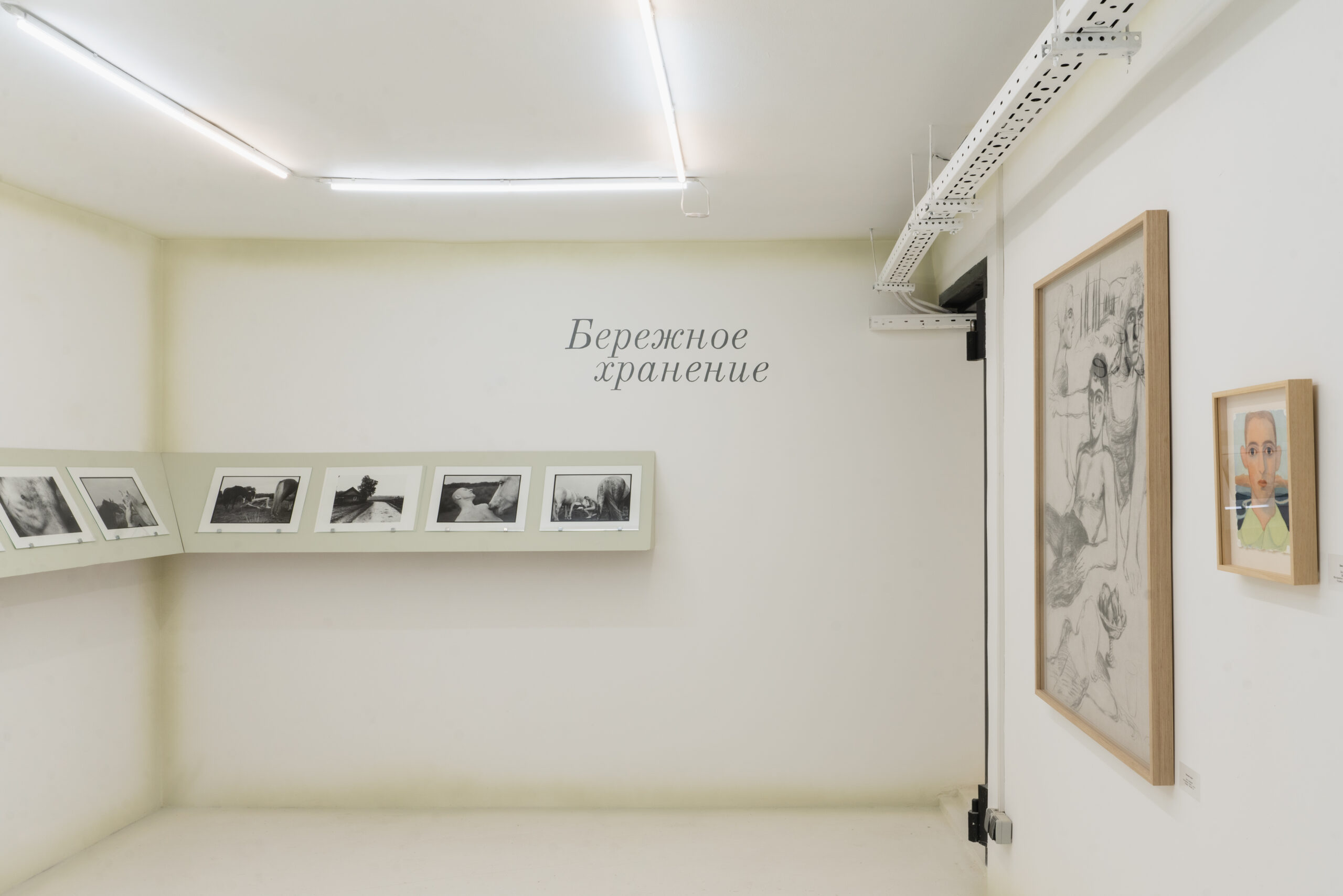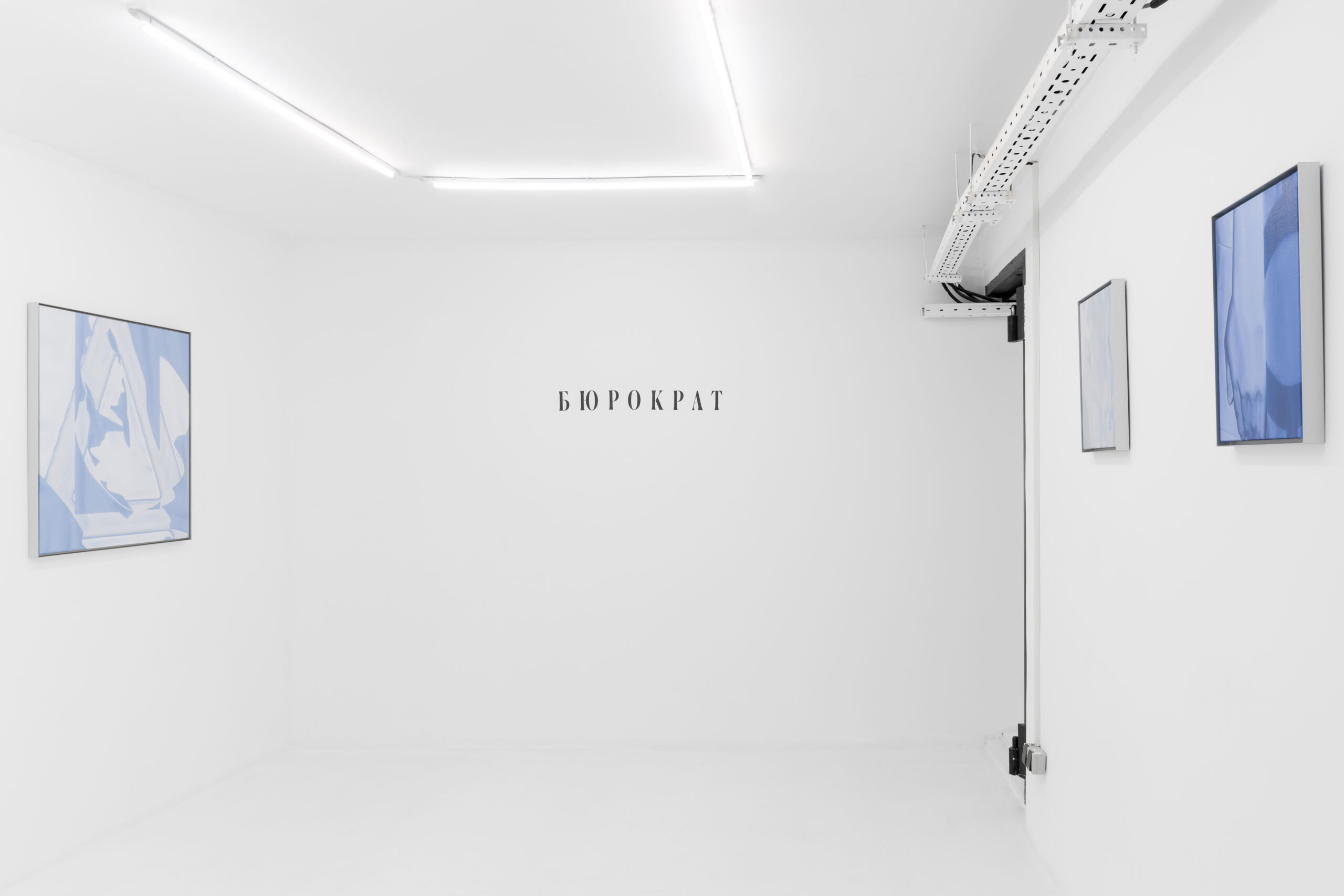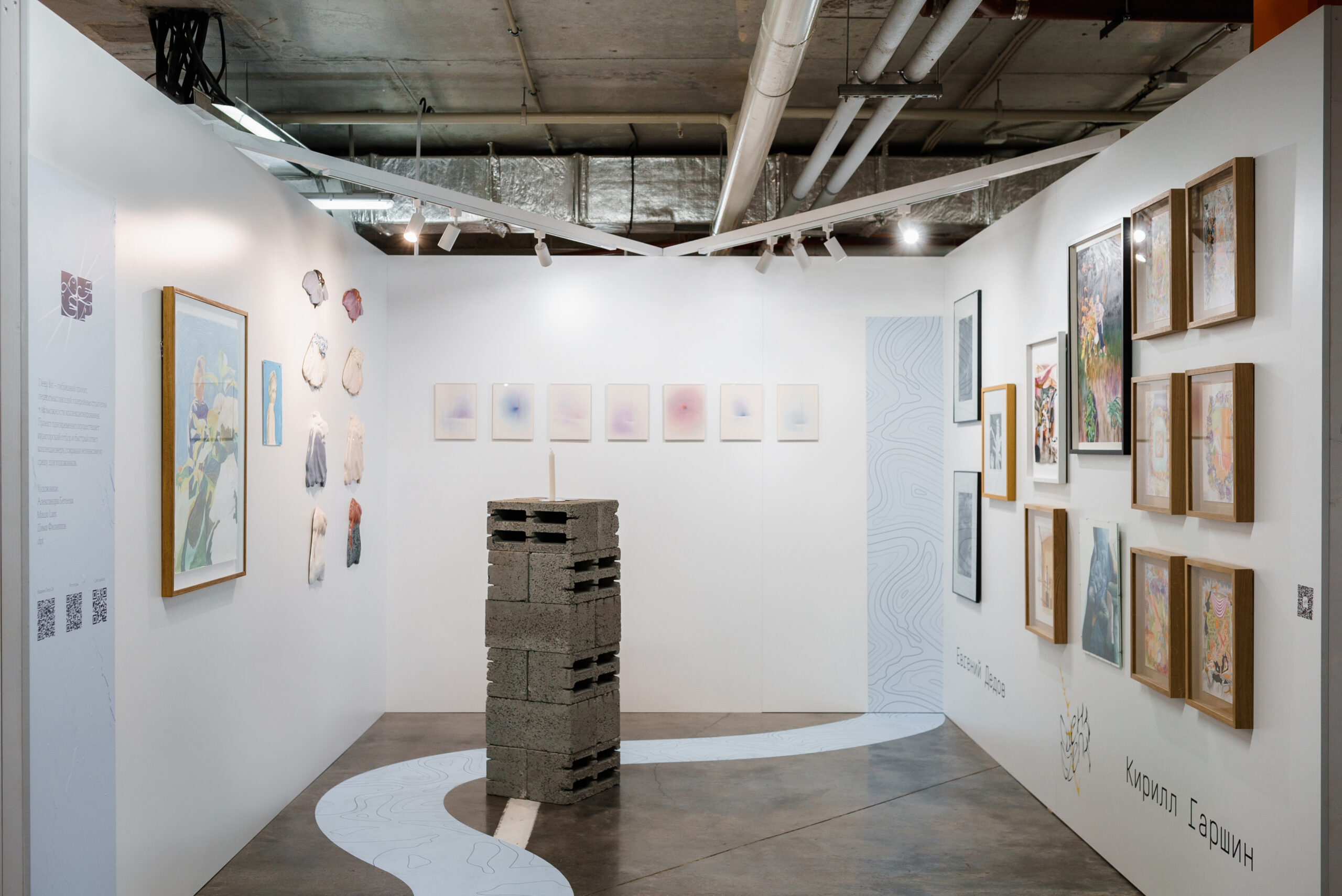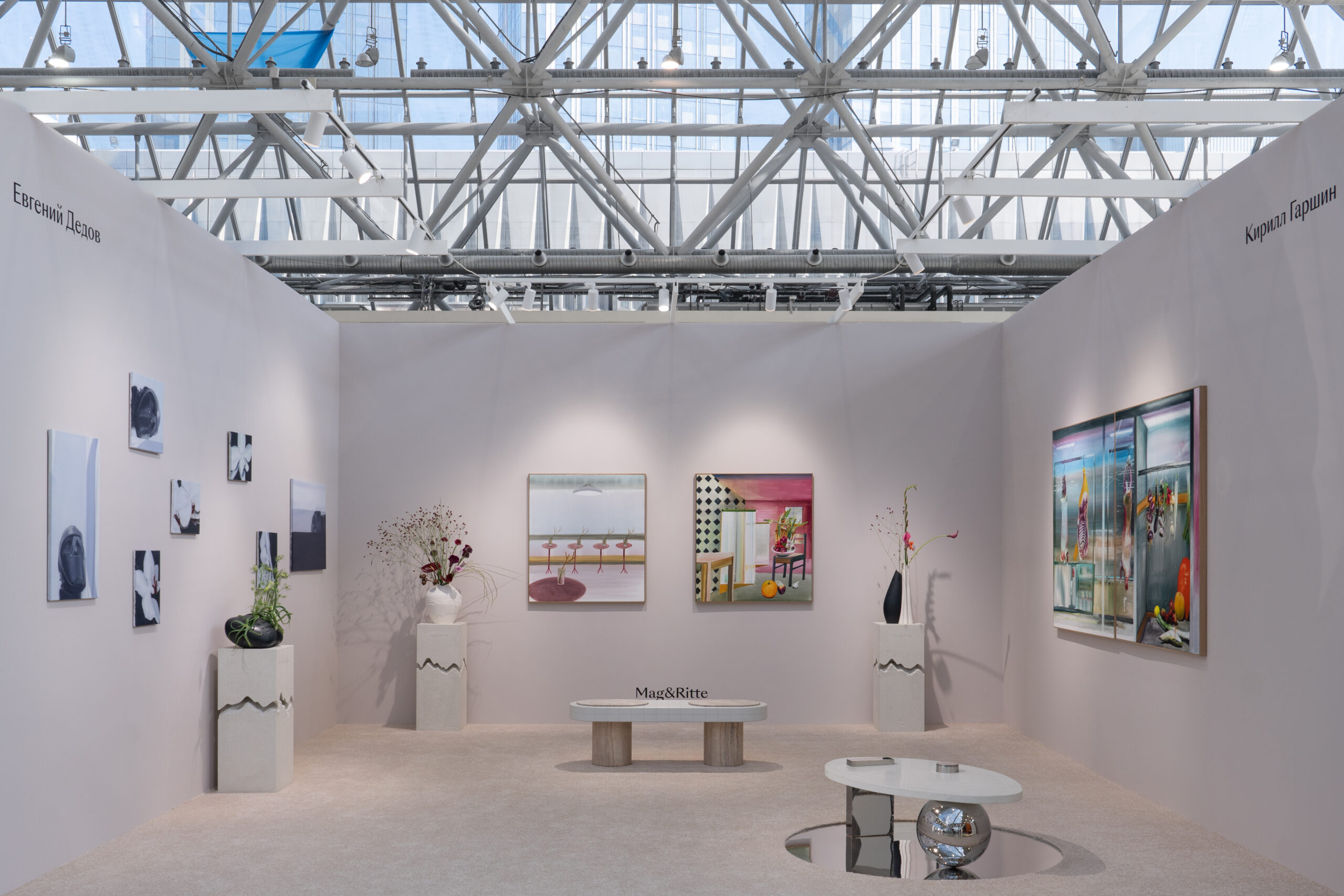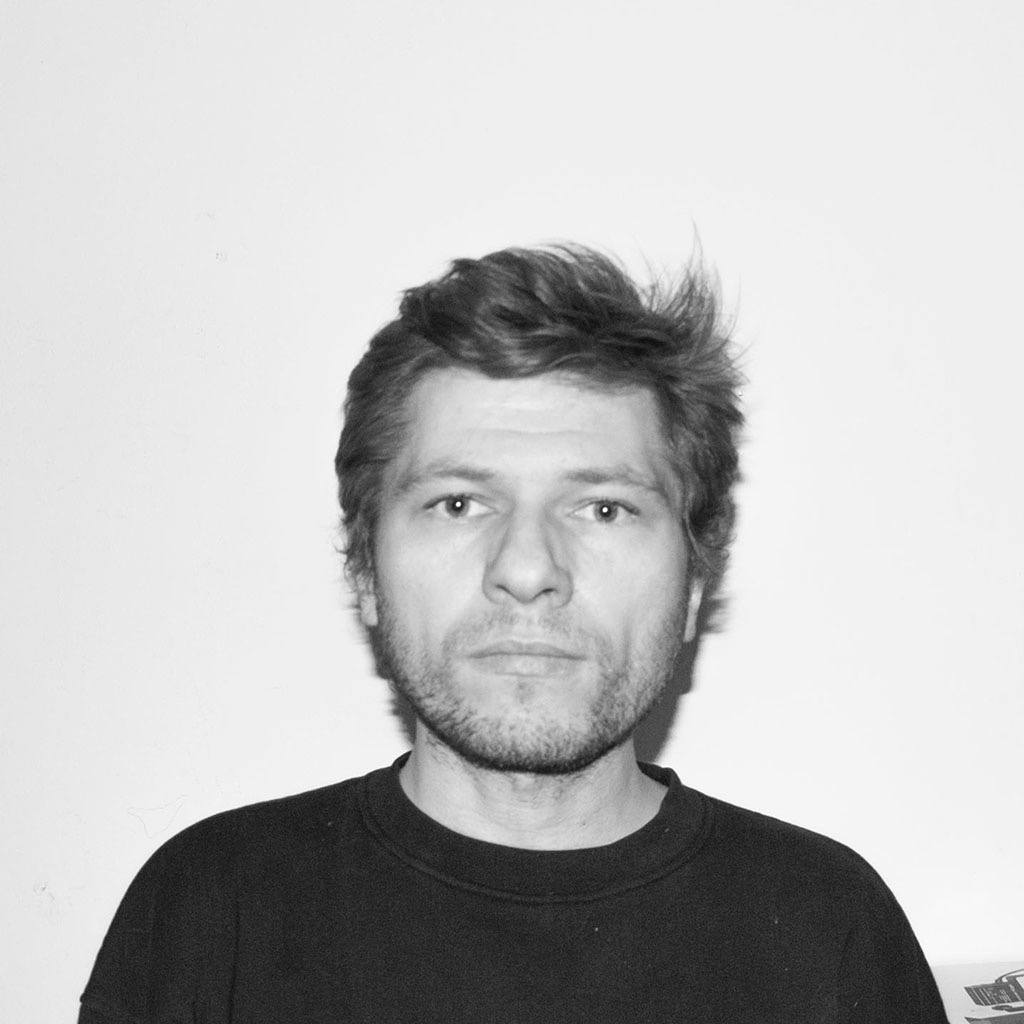
Evgeny Dedov
Evgeny Dedov is a Russian artist, a graduate of the Stieglitz State Academy of Art and Industry and a student of the Vienna Academy of Fine Arts. Solo exhibitions were held in Moscow (“Esther”, Triangle Gallery, 2021, “The Models”, Pechersky Gallery, 2017; “Five Rooms”, START Young Art Support Project, CSI Winzavod, 2009), participant of group exhibitions in Austria and Russia (“Tchau Ragazzi”, Vienna, 2017, “Generation START” within the parallel programme manifesta 10, St. Petersburg, 2014).
Evgeny Dedov works mostly with painting, preferring classical technique. However, his method of work is based on the creation of a digital image through collaging photographs of objects, interior details, the body as a representation of a person, and fictional symbols. The image is primordial for him, and the concept of the painting emerges from the iconic image. By combining the digital and the physical, Dedov translates the idea of the transition of conception into handmade form, method into narrative: in his work he turns to the semiotics of the sign and symbol, reminiscent of letter logotypes that can evoke a variety of associations with the surrounding reality. Behind each fictional sign is a certain heraldry and history that can refer to the corporate aesthetics of advertising, the visual series of non-commercial canvassing and the text in its post-conceptual meaning: after the loss of meaning, only the symbol and the context of its representation remains. By inserting these symbols into the canvas space together with a human image or a part of the body, Dedov explores the interaction of one with the other, which in turn creates a conflict, a situation of discomfort. Considering the contradiction between corporeality or a different representation of the human being and a cold, detached and abstract sign, Dedov deliberately limits himself to a minimal colour palette, creating a tonal pictorial drawing using associative colours: icy shades of ultramarine (the “Fedotov” series, 2021) or accentuating ochre (the “Esther” series, 2021) as well as aggressive red, focusing attention on the masculine nature of subordination, depersonalising the image in an endless stream of symbols.
Evgeny Dedov creates his own artistic language in which the icon is depersonalised, partly through the preparative narrative-based history of Russian classical painting. However, he breaks this pattern and removes the basis of literature, allowing the icon to forget itself, to become an image devoid of history and the pressure of meaning-making systems.

